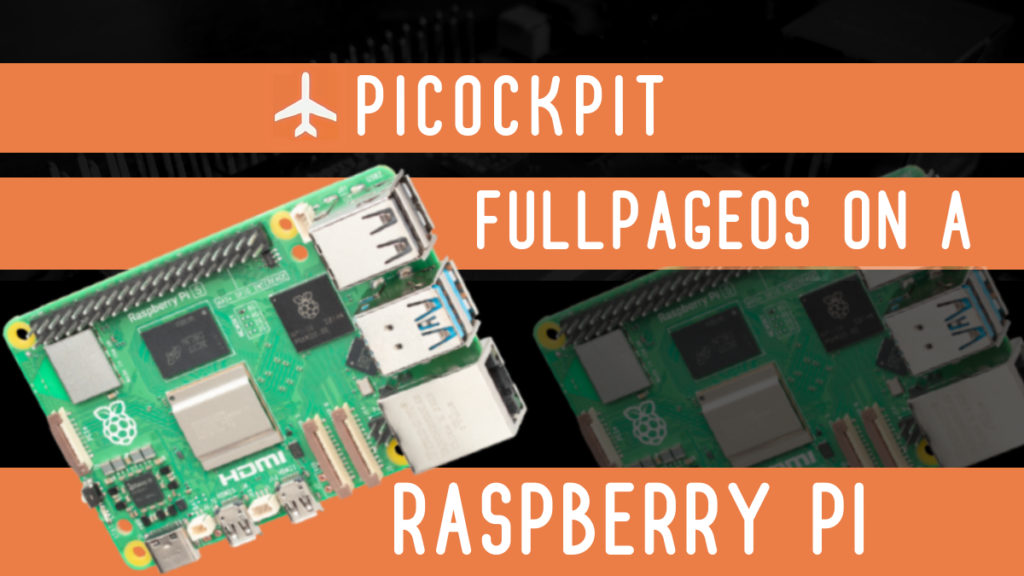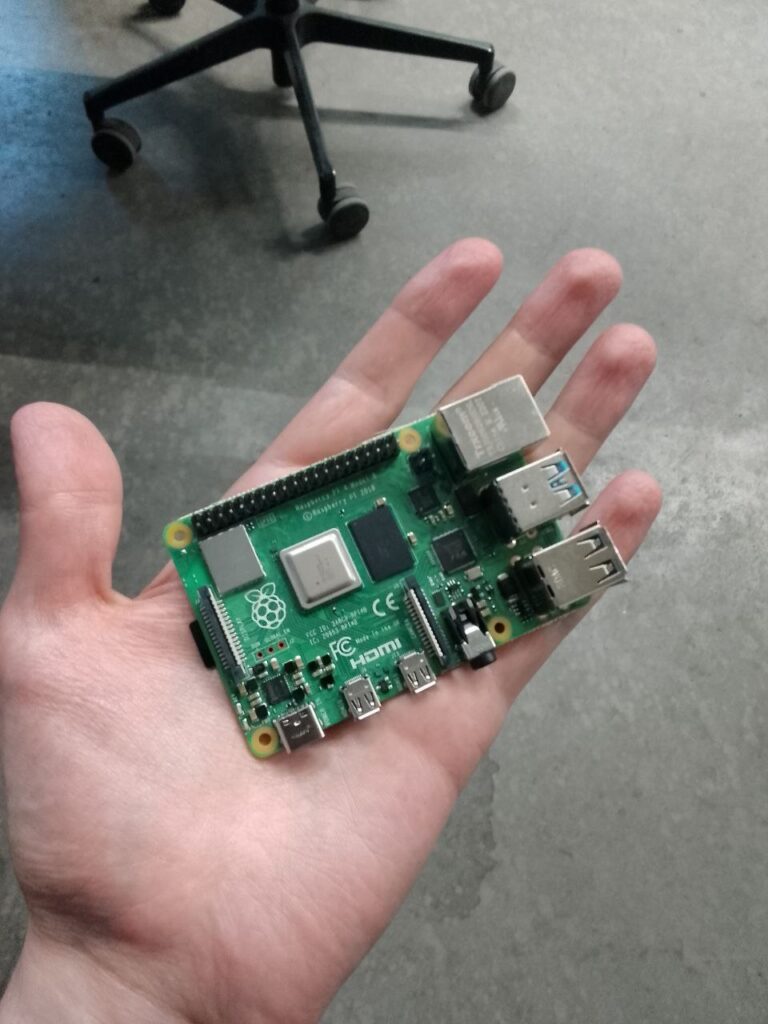How to Maximize Business with FullPageOS on Raspberry Pi

In the fast-paced world of modern business, finding innovative solutions to enhance productivity and efficiency is crucial. One such solution gaining traction is the utilization of FullPageOS on Raspberry Pi.
FullPageOS is a lightweight, cost-effective platform that boots directly into a single webpage.
In this article, I want to briefly explore how this setup can benefit businesses, along with some practical idea and advantages, as well as a quick installation guide.
What is FullPageOS?
FullPageOS is a specialized Raspberry Pi distribution designed to streamline the process of displaying a single webpage in full-screen mode.
It comes equipped with Chromium browser pre-installed and it’s configured to load the designated webpage when you boot it up. The idea here is to simplify the setup process. So you have a super quick and easy build out of the box.

Practical Applications for Businesses
FullPageOS can be incredibly useful for both internal business uses and B2C uses. 5 super practical applications are:
- Digital Signage: You can use FullPageOS for digital signage solutions. When it comes to B2C, FullPageOS really shines here. With very little effort, you can have it display promotional content, advertisements, or important announcements.
- Information Kiosks: Create interactive information kiosks for either employees or customers (or both!). You can use it to provide access to FAQs, product catalogs, company directories, or training materials.
- Dashboard Display: Similar to the two above, dashboard displays can be really useful for both employees and customers. You can use FullPageOS to showcase real-time analytics, key performance indicators (KPIs), or operational metrics on large screens in office spaces or production facilities. We’ve written extensively about smart offices and what they can offer you. FullPageOS can play an important role here.
- Meeting Room Displays: Simplify the scheduling process and enhance communication by setting up a Raspberry Pi in meeting rooms to display agendas, upcoming events, or video conferencing links. As more and more employees return to the office, simple meeting room displays have once again become valuable.
- Product Demos: And here FullPageOS can be your best friend at a trade show. All you need is a Raspberry Pi with FullPageOS to really advance your products during exhibitions or client meetings.
Along with all of these applications of FullPageOS, there are also a number of advantages to using a few Raspberry Pis to set up all these up within your business.
Advantages of FullPageOS for Business Use
The first obvious advantage is that Raspberry Pis are affordable, making them an attractive option for businesses seeking to implement digital signage or information kiosks without breaking the bank.

And by using Raspberry Pis for all of these applications, you guarantee easy troubleshooting for your problems. Uniformity across devices here can be your best friend.
FullPageOS simplifies the setup process by automating the booting into a single webpage, reducing the need for manual configuration. Additionally, you can perform maintenance tasks remotely, which minimizes downtime.
And here, if you want to learn how to perform these tasks remotely, you can read more about how to control and manage your Raspberry Pi fleet remotely with PiCockpit.
FullPageOS also supports remote access via SSH and VNC, allowing you to troubleshoot issues, update content, or configure settings without physically accessing the Raspberry Pi devices.
Raspberry Pis are compact and consume minimal power, making them suitable for deployment in various environments without significant energy costs. It’s not only the easy solution, it’s the green solution.
Installation Guide
Luckily, as I stressed above, FullPageOs is both straightforward and relatively simple to set up.
Really, all you need to do is download the FullPageOS .img file. You can download them in a zip file from this page. You’ll need to unzip the file before you can use it.
But then you can open up the official Raspberry Pi Imager and select “custom” for the .img.

If you’re flashing an SD card, then you’ll need an SD card with a capacity of at least 4GB.
Once you’ve configured that and flashed the SD card, you just need to put the SD card in the Pi and power it on.
FullPageOS will boot automatically, load the webpage in full-screen mode.
If you want more detailed instructions, you can find how to install and configure FullPageOS at the GitHub page.
Conclusion
Leveraging FullPageOS on Raspberry Pi can enhance communication, engagement, and efficiency.
From digital signage and information kiosks to dashboard displays and product demos, the versatility and affordability of this solution make it a compelling choice for organizations of all sizes.
And after you’ve installed FullPageOS on your Raspberry Pi, you can easily install PiCockpit and remotely control everything with ease.
By creatively utilizing FullPageOS, businesses can stay ahead in today’s dynamic marketplace.
Hi Team,
Its great however is it legal to use pi commercially embedded in a product